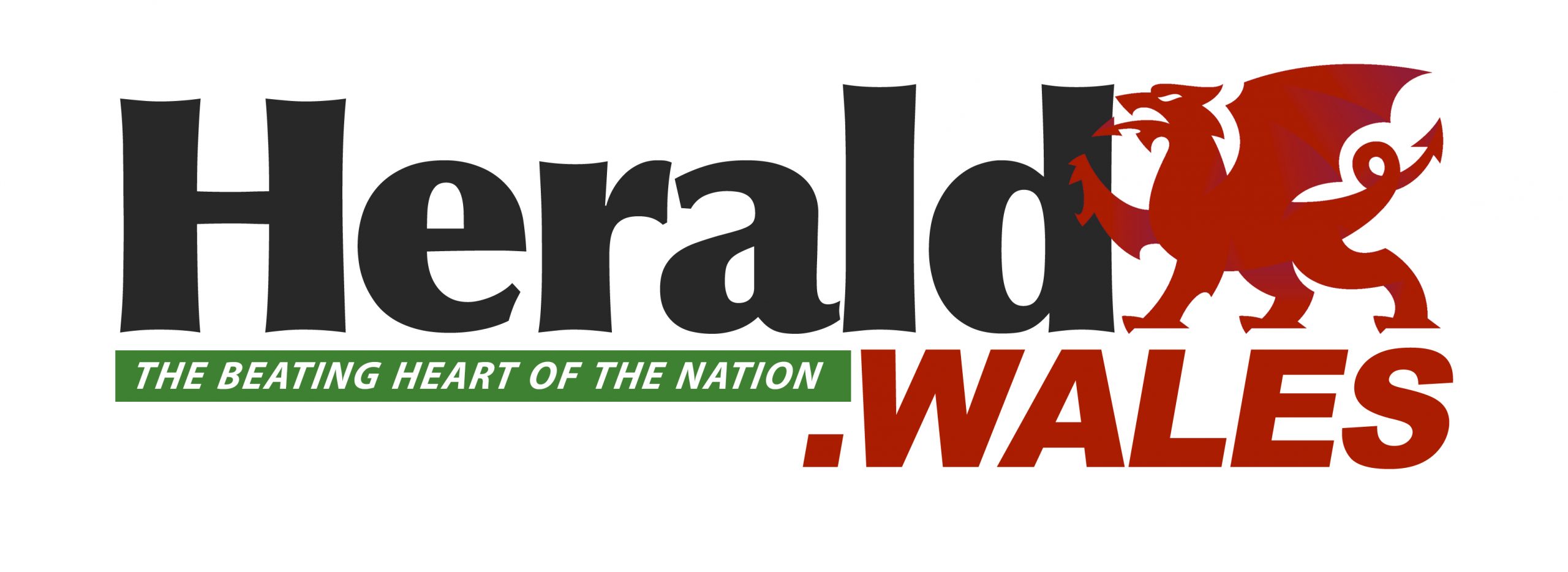TWO of Monmouthshire’s comprehensive schools performed above expectations in last summer’s GCSE exams and two below.
Councillors, who were presented with data on school performance in GCSE and vocational qualifications for youngsters aged 15 and 16 at the end of compulsory education, were told the figures are used to look for “outliers” in how schools compare across Wales.
Ed Pryce, the assistant director of the Gwent Education Achievement Service, presented the data for the summer 2024 exams to Monmouthshire County Council’s performance and overview scrutiny committee and told councillors: “We look for outliers that are significantly below or above average, that’s what school improvement officers look for.”
He said each school’s individual report pack is 110 pages long and schools have been discussing their results with the service, which works across the region, and council education officials since the autumn.
A scoring system awards points for every GCSE grade in a pupil’s nine best subjects and vocational qualifications can also count towards the score.

Known as the Capped Nine, grades must include those in English, mathematics and science, and Welsh for Welsh medium schools, and there is a difference of six points between each GCSE grade, so an A is worth 12 more points than a C.
School scores are then judged against those of others in their “family of schools” grouped together across Wales on factors such as the proportion of pupils eligible for free school meals and who live in the most deprived areas.
Monmouthshire’s four secondary schools are in the second, third and fifth least disadvantaged families.
Chepstow and Monmouth schools are in the second least disadvantaged group with Caldicot in the third least disadvantaged group and Abergavenny’s King Henry VIII School in the fifth group with 22 per cent of its pupils entitled to free school meals.
The Capped Nine scores for Chepstow and King Henry were significantly above the average score for their families while Monmouth and Caldicot were below their averages by what Mr Pryce described as “small margins”.
Chepstow’s score was 35.8 points above its family average and King Henry’s 22.6 points while Caldicot was 6.3 points below its family average and Monmouth 10.7 under.
A difference of 54 points indicates on average, every learner in a school is performing above or below the family by a whole GCSE grade in every subject as six points multiplied by nine subjects equals 54 points.
Chepstow pupils on average perform approximately half a grade better in every subject compared with their peers in the family, and King Henry by approximately one third of a grade.
Schools are also compared to the Welsh Government’s “modelled outcome” line of expected performance and the system used means half of all schools in Wales will always be above the modelled outcome line and the other half below it.
On that comparison Chepstow and King Henry were above the line and Caldicot and Monmouth below. Mr Pryce said no Monmouthshire schools finished “significantly below” the line.
A school’s Capped Nine scores are also broken down into thirds, with scores given for the upper third of best performing pupils, a middle third and the lower third.
For the highest and middle achieving thirds, all schools are above expectation but while scores for pupils in the lower third at Chepstow and King Henry are “well above expectation” results for those pupils at the other two are below with Monmouth’s results described as “significantly” so with its score of 36 points below equivalent of half a GCSE grade per pupil per subject.
Mr Pryce said improving the performance of the lower third is “ultimately the challenge” for the school improvement service and local education authority and that schools and governing bodies are held accountable for results.
Chepstow, King Henry and Monmouth school all had above their family averages of pupils gaining five A or A* grades while Caldicot was only slightly below its family average. Monmouthshire’s performance for pupils entitled to free school meals was above expectation in every indicator, other than literacy which was “slightly below”.
Councillors were remained results are also specific to year group of pupils and though overall results are down on last year they are in line with results from 2019 the last year before the pandemic. Results from 2020 to 2023 were awarded using different methods for determining grades in response to the pandemic, meaning none were directly comparable.
















